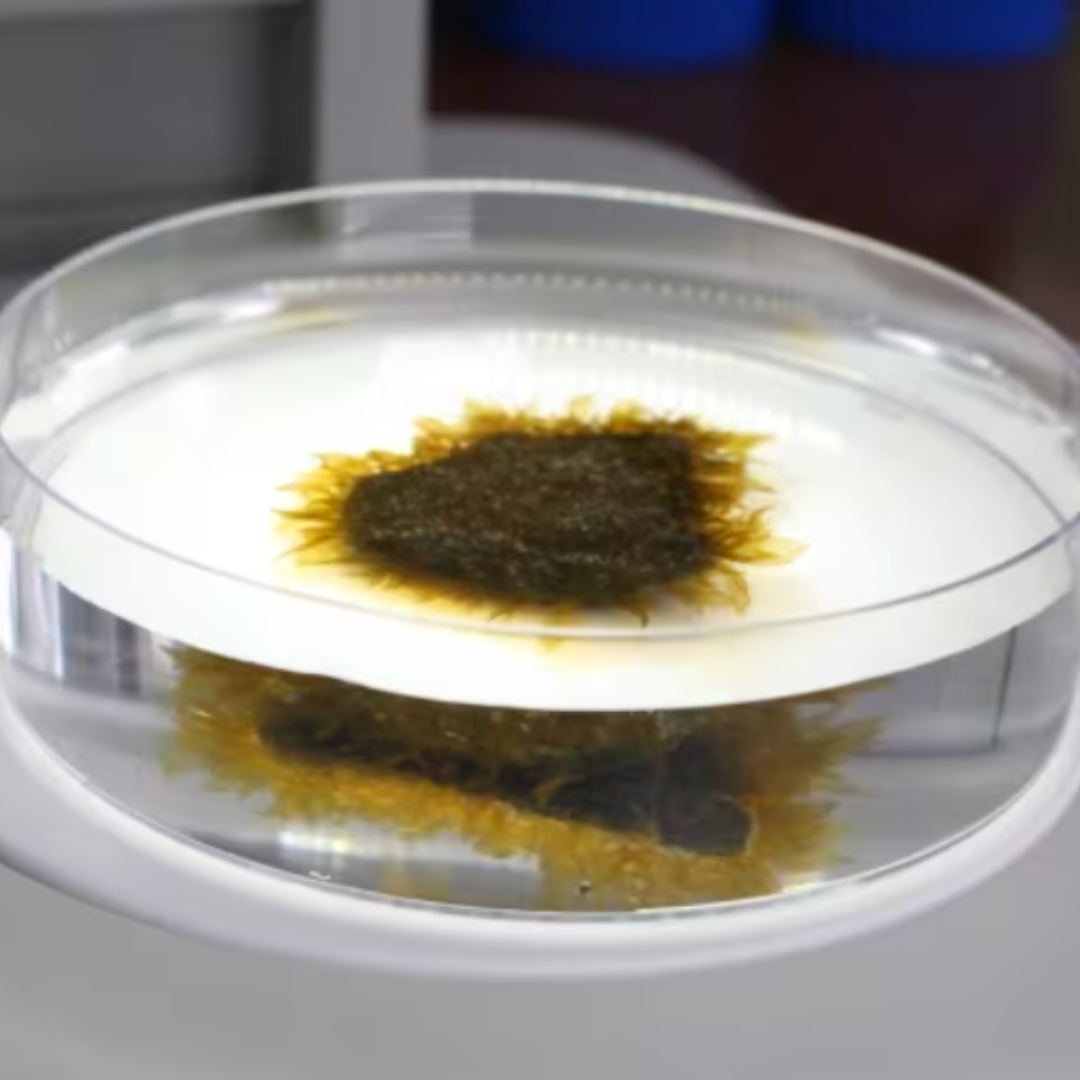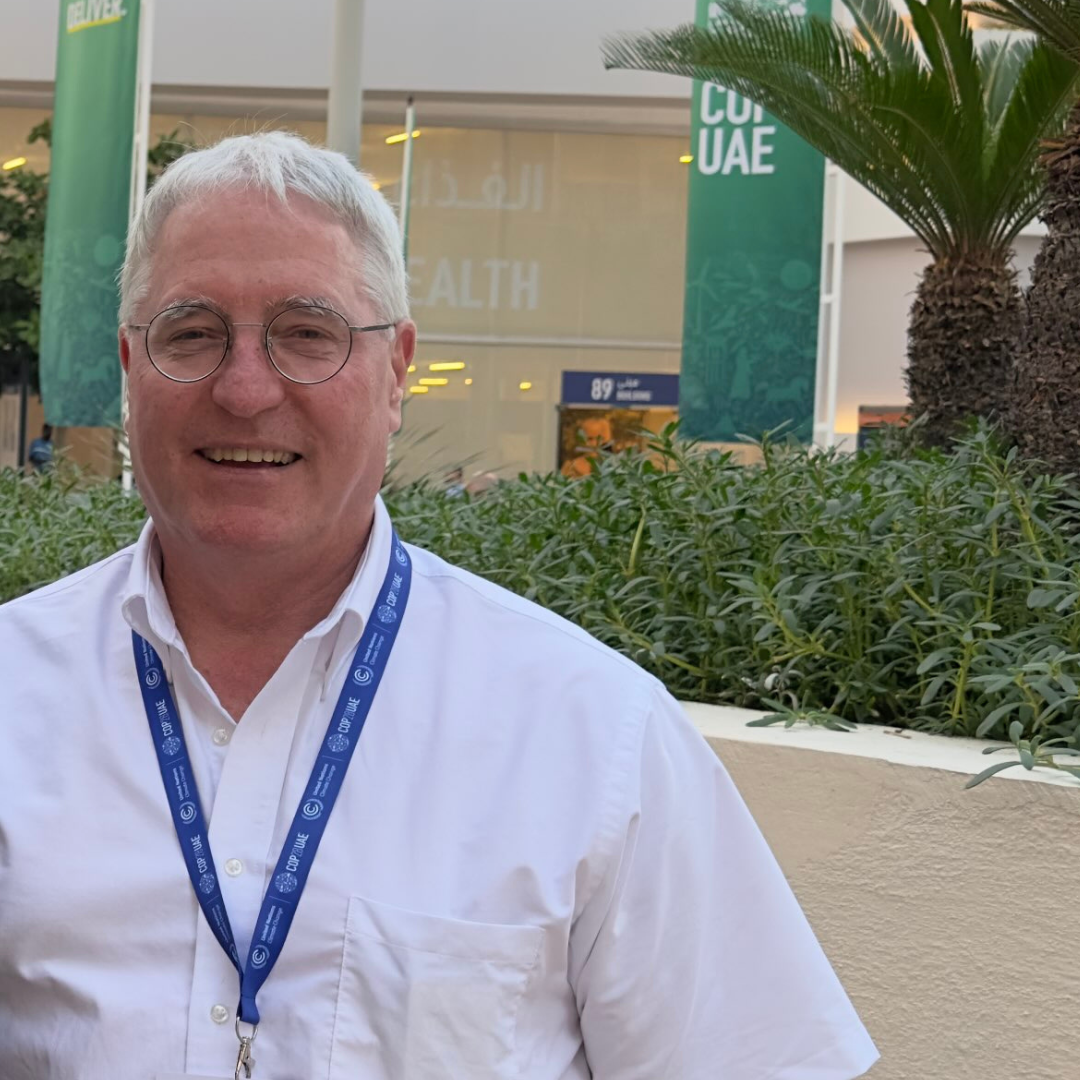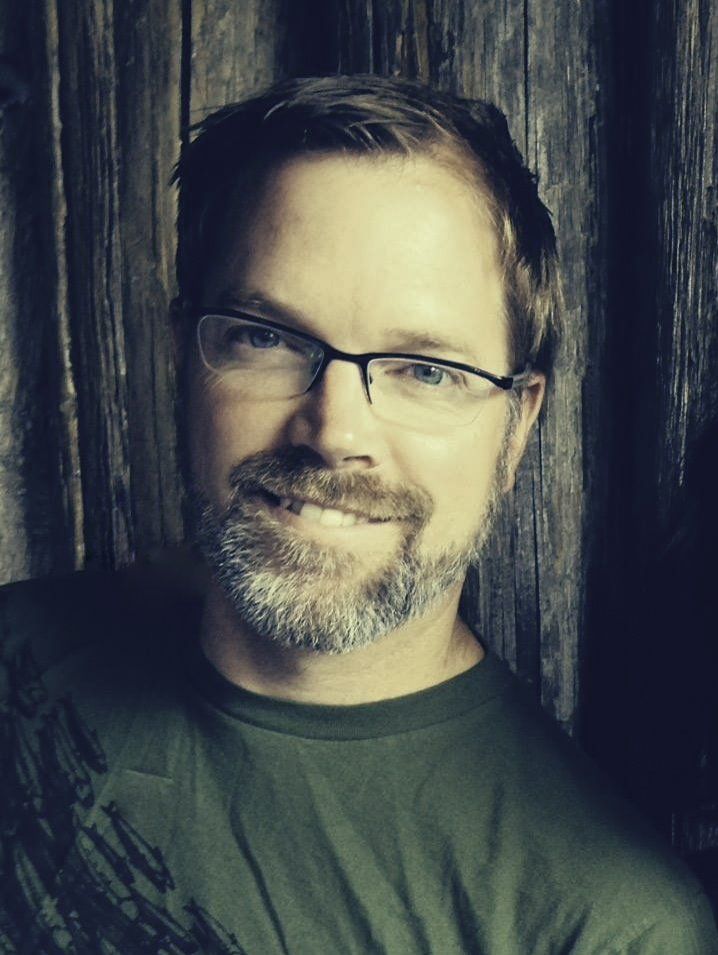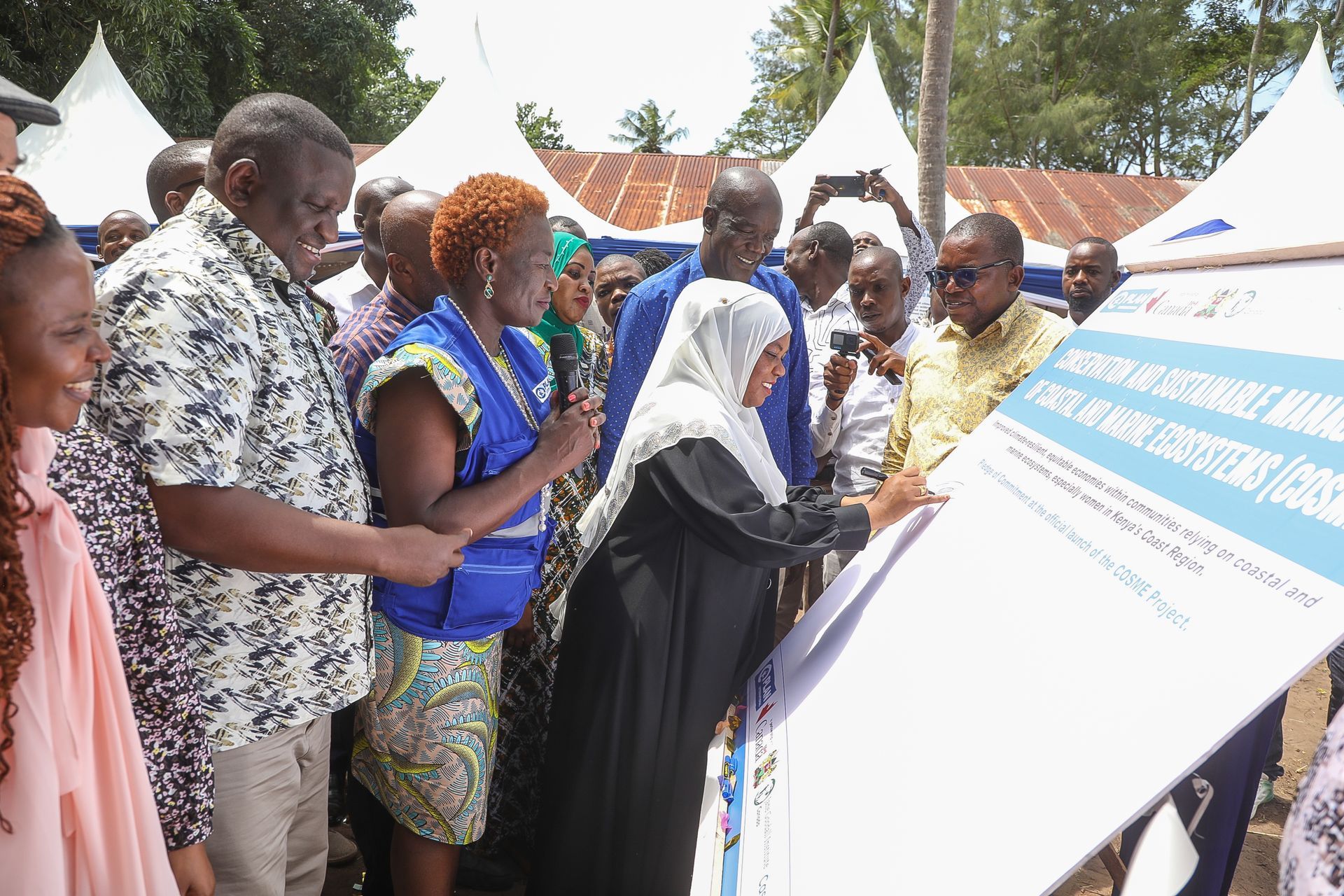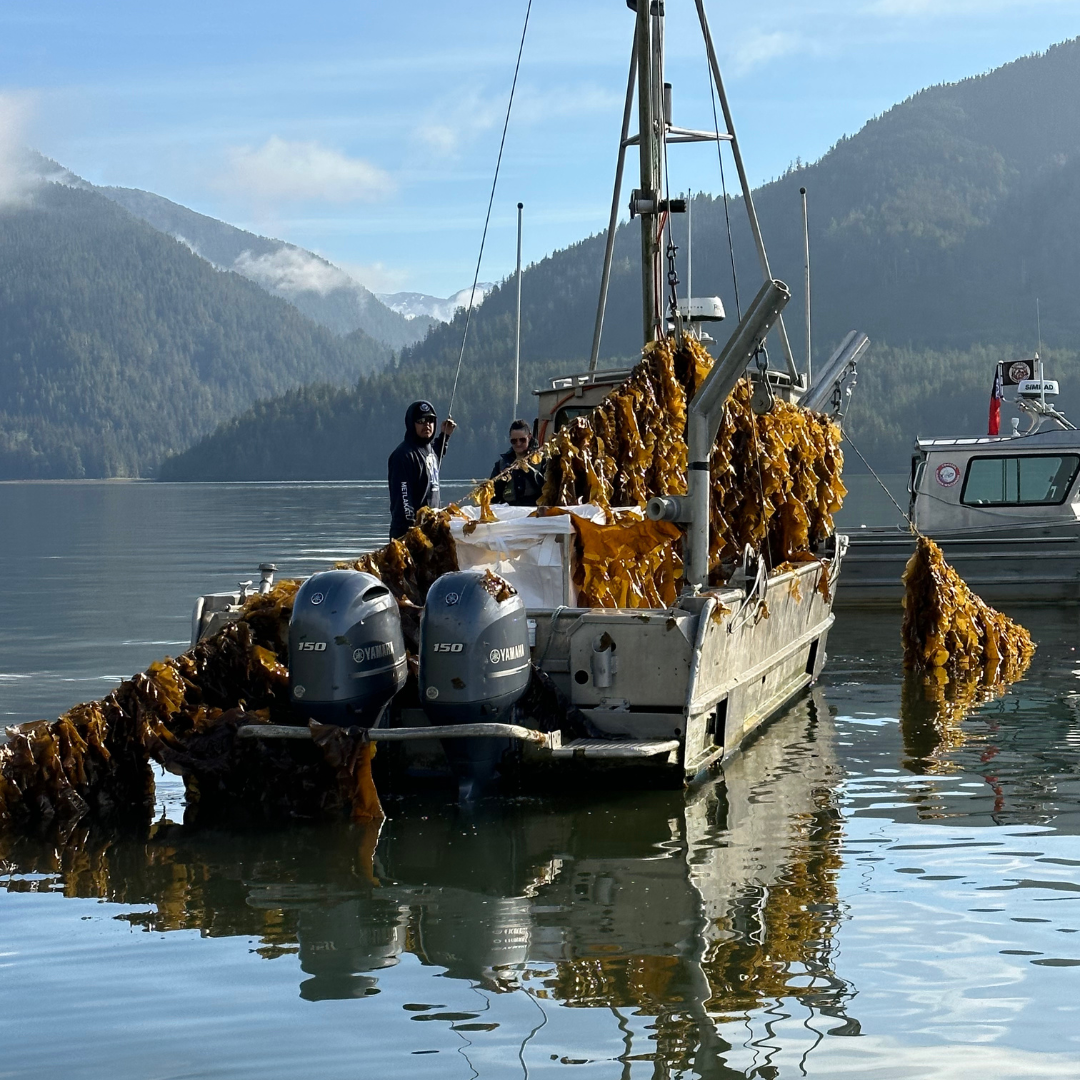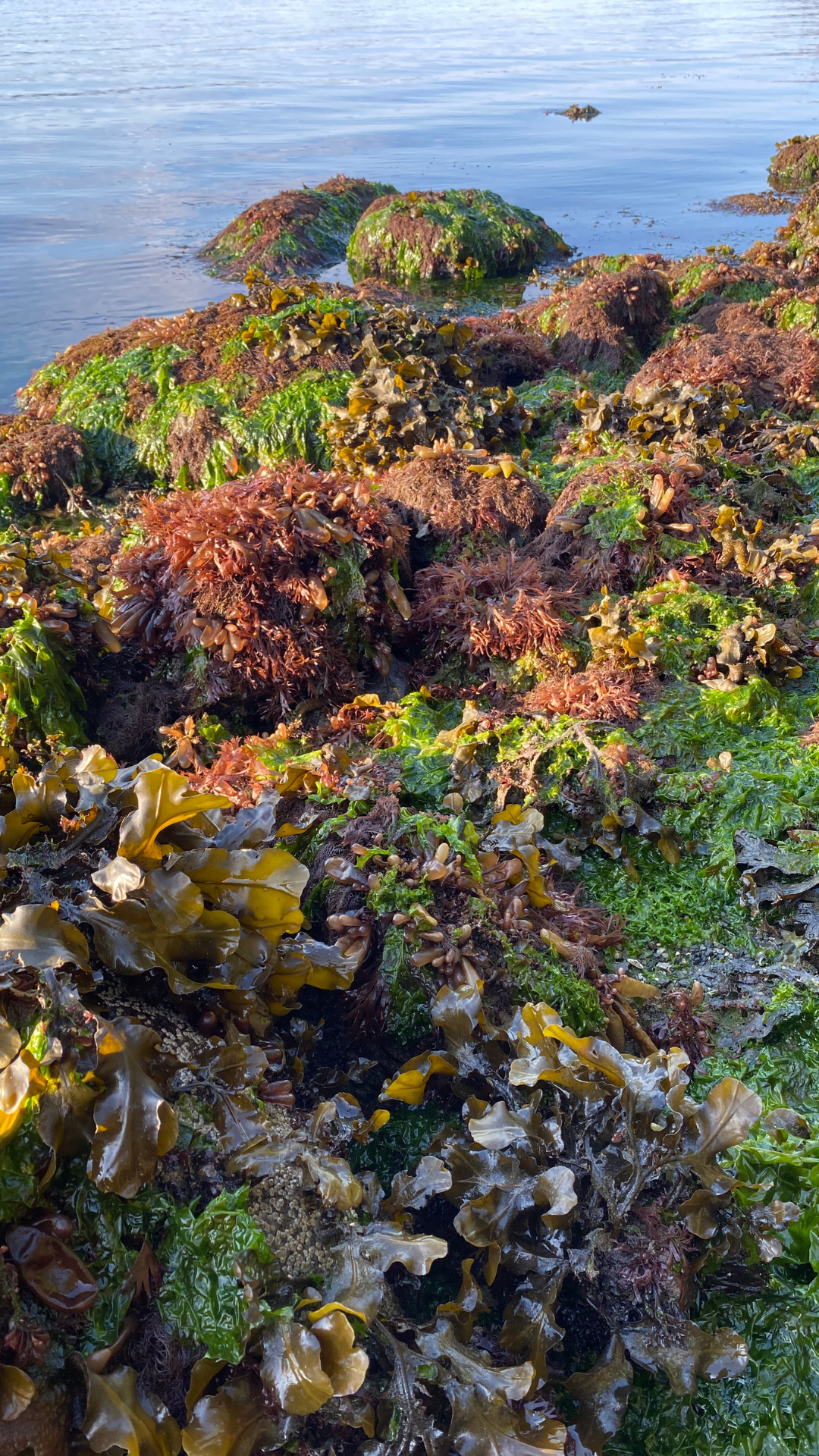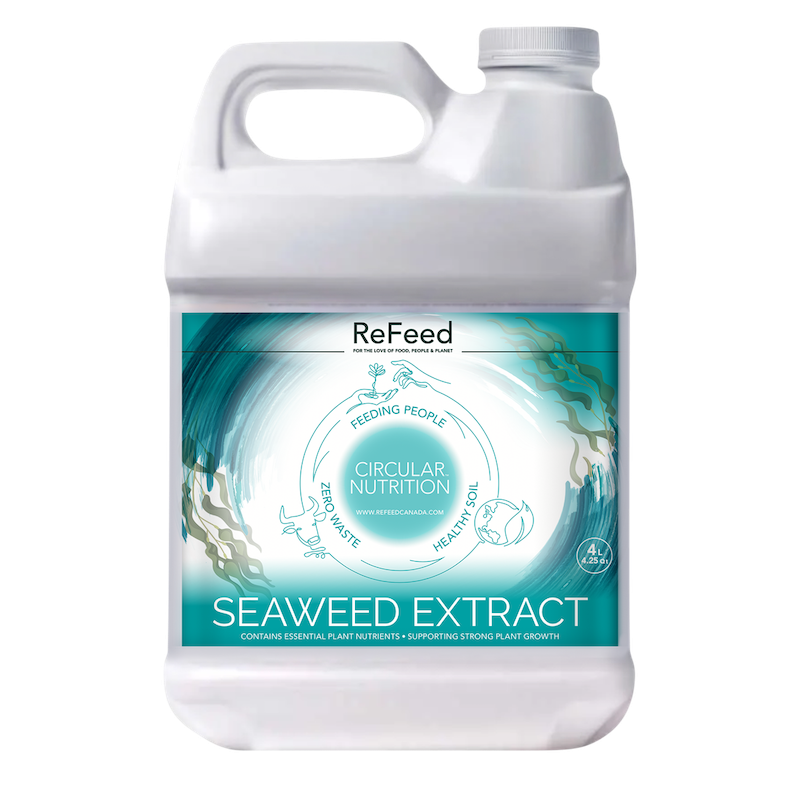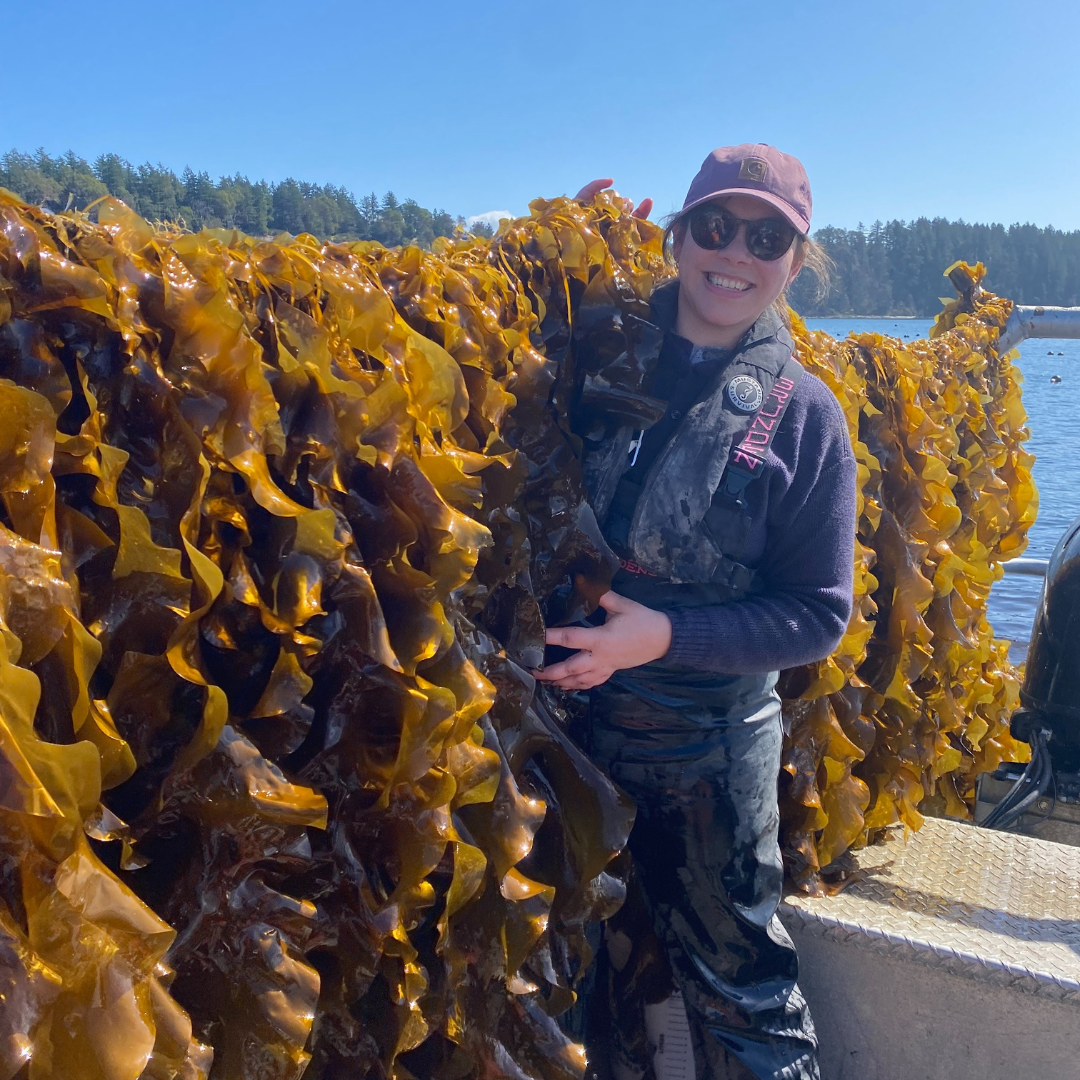At Cascadia Seaweed, we cultivate local species of seaweed and manufacture products for crop and cattle farmers.
Seaweed is good for people and the planet, say advocates for kelp farming off Cortes Island
Odette Auger, Local Journalism Initiative Reporter
Feb 26, 2021
https://indiginews.com/vancouver-island/kelp-farming-as-a-climate-solution-on-cortes-island
Ashley Zarbatany has been an environmental organizer for the last 11 years. Now, as she spearheads a climate action plan for her community on Cortes Island, it’s innovative ideas like kelp farming that inspire her work.
“I’m so excited about kelp farms. I’m so stoked,” Zarbatany tells IndigiNews. “It’s a tremendous opportunity for us to diversify our economy, to create a local food source.”
Zarbatany was hired by the group Climate Hope to coordinate the action plan for Cortes Island, on Klahoose, Homalco, and Tla’amin territories. It is a remote community accessible by boat or plane in the Salish Sea, off the west coast of B.C.
During an interview, Zarbatany pauses to share an egg tarts with a neighbour, in celebration of her husband’s heritage and Chinese New Year. She’s of mixed Animbiigoo Zaagi’igan Anishnaabe and settler heritage. She says climate action plans need to go beyond mitigation ideas, and adapt to the realities of climate change.
“I think of myself as a concerned mama who also has spent a decade fighting for environmental justice,” says Zarbatany. “I’m an organizer, more so than an activist, because I don’t just show up, I make it happen.”
In her research, Zarbatany intends to address what the community needs to survive and thrive, through the changes to come, she says. Climate Hope is a fairly new organization dedicated to building resilient communities and fostering deeper social connections “as we respond to the stressors of the climate emergency,” Zarbatany explains.
She hopes the plan she’s engaged on can serve as a template for other communities as well. In the absence of a municipal-wide climate action plan, Zarbatany says she has been thinking towards this plan for a few years.
“It is supposed to be under the jurisdiction of the Strathcona Regional District and municipal governments to create their own climate action plan, but since we don’t have that, we’re just going to do it ourselves,” Zarbantany says.
In 2009, Bill 27 mandated municipal governments to create plans, and the deadline for those passed 11 years ago, she explains.
The climate plan is currently in the first two stages of a ten-phase process, she says. She’s focused now on recruiting people for an advisory group and collecting data. Community research will be compiled into a set of suggested solutions that are “both mitigation and adaptation focused, improving our local economy, and diversifying it,” she explains.
An external advisor, Ruth Waldrick, suggested that Zarbatany research what Cortes could be doing with seaweed as a way to reduce carbon — an idea Zarbatany loved immediately.
Benefits of kelp farming
A mother of three, her oldest daughter Amelia especially loves eating seaweed.
“They always have these seaweed snacks, and I realized we’re purchasing all this seaweed from Asia, and it has to be transported across the Pacific ocean… why don’t we just grow our own seaweed here?”
The Klahoose First Nation has been involved in kelp farming, with a recent partnership with Cascadia Seaweed.
“Seaweed is good for us, and good for the planet,” their website states.
Last April, the Nation’s business arm Qathen Xwegus Management Corporation (QXMC) signed a memorandum of understanding with Cascadia. Paul Muskee, operations manager for QXMC says he got excited about the idea after reading an Indigenous agriculture study that included seaweed aquaculture.
QXMC General Manager Bruno Pereira says tandem farming creates an ecosystem that is favourable for any other type of aquaculture.
“Our geoducks, our clams, or oysters, will actually benefit from kelp being there,” Pereira says.
Chair of Cascadia, Bill Collins says he recognizes a growing understanding of the importance of health and wellness, for both people and the environment they live in.
“Cascadia’s values rest with the people and the planet. If you marry climate change with healthy living and good nutritious food, you end up with the possibility of meeting seaweed,” he says.
“This kelp is a highly nutritious completely under-serviced — from a North American perspective — market. To bring seaweed into Canadians’ and North Americans’ diet, we’ll end up with a healthier population.”
The kelp operations will use species of kelp that are native to the waters — Saccharina Latissima (Sugar Kelp) and Alaria marginata (winged kelp). Kelp farmers will not be introducing new species, Collins emphasizes, and not harvesting all of the biomass they produce.
“We are working with a global organization, Oceans 2050, to quantify how much carbon is actually sequestered in conjunction with 16 other seaweed farms around the globe,” says Erin Bremner-Mitchell, communications staff for Cascadia.
“We’re leaving 10 per cent of our crop in the water while we conduct this research, and for other benefits, such as helping mitigate ocean acidification and provide habitat. We’re on the journey to be carbon-negative.”
Ocean greens like kelp absorb about 10 to 20 times more carbon than terrestrial greens, Collins adds.
“First Nations communities have been on the water and extracted healthy bountiful food from the water for millennia,” he says. “It’s the re-recognition that we can do this.”
Zarbatany agrees, and recognizes it is her Indigeneity creating a strong drive for her to actively participate in this work.
“Everyone can learn from Indigenous leaders and cultures who have been living in harmony with nature and have been able to respect the boundaries of the world,” says Zarbatany.
A boundary of the natural world could also be considered a climate threshold, she says.
“With capitalism, there’s only so much you can take without giving back before the whole system collapses. We live on a finite planet and there are very real boundaries that we cannot cross,” she says.
If we do, the whole climate can spiral out of control, to a point we could have mass extinction events… so one of those boundaries is ocean acidification, that we must avoid at all costs. And we can do that with seaweed gardening.”
Unlike geoducks, kelp only have about a six-month winter growing season, so Klahoose is looking forward to their first seaweed harvest coming soon in April, when they will find out just how vigorous their first crop has grown.
Zarbatany is working on a tight budget, without the resources that a municipality would have to work with, she says.
With children as her motivation, she says she looks forward to calculating the carbon sink numbers from kelp farming, just one solution to a more sustainable future for her community.

C - 9774 Third Street Sidney British Columbia V8L 3A4
Email: info@cascadiaseaweed.com
Phone: 1-778-351-4484

9774 - C Third Street Sidney British Columbia V8L 3A4
Email: info@cascadiaseaweed.com
Phone: 1-778-351-4484



